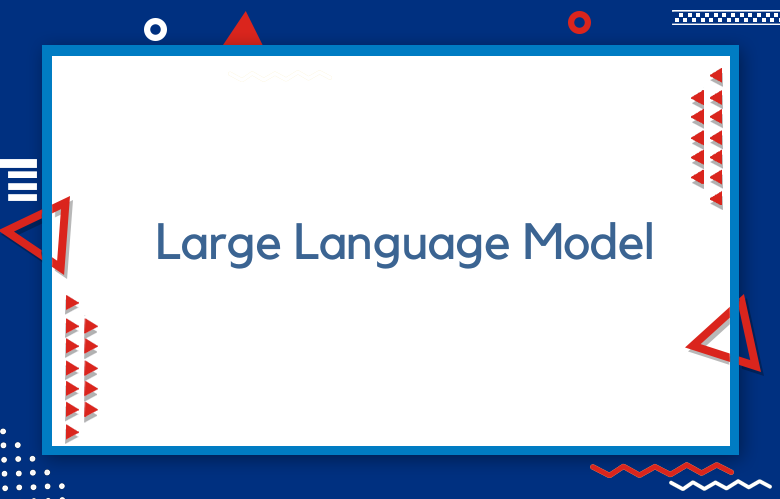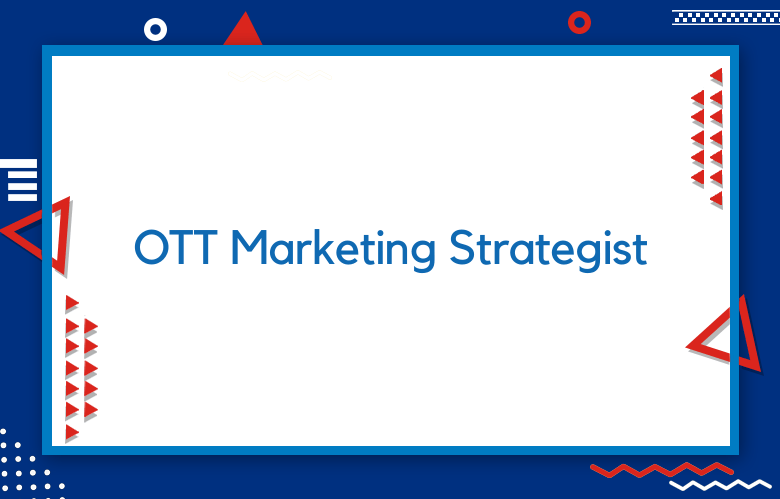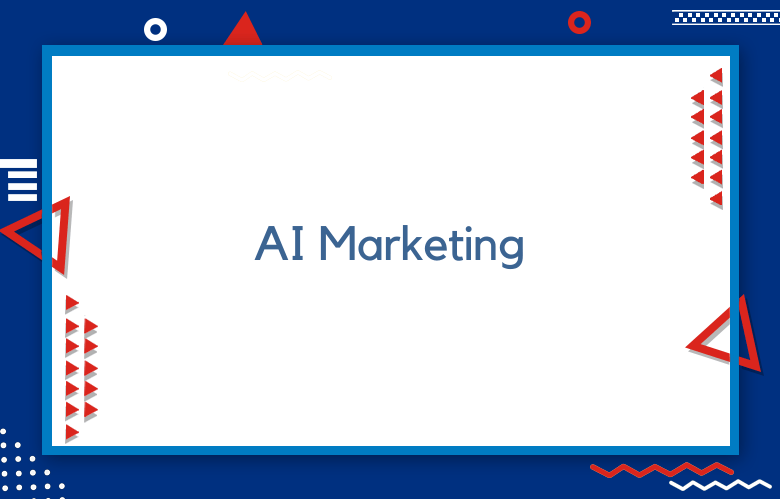Steering Large Language Model Generation in AI Marketing

Artificial intelligence has made significant strides in multiple fields. In particular, the integration of large language models has revolutionized the digital marketing industry.
It has enabled companies to generate top-quality content with minimal human intervention. However, it is important to note that while AI language models may have transformed the marketing industry, they need additional supervision and guidance to be beneficial.
Seeks to explore the role of human input in steering large language model generation in AI marketing.
One of the significant advantages of AI-based language models is the ability to generate content that resonates with customers.
Natural language generation (NLG) technology can produce content tailored to the audience’s preferences and characteristics. However, this does not negate the importance of human input in marketing.
In fact, human input is essential for enhancing the quality of content produced. The generated content must be revised and edited by human professionals to ensure that it is relevant, informative, engaging, and error-free.
Navigating the Seas of Language Generation in AI Marketing
Artificial intelligence has revolutionized the business world, allowing companies to collect and analyze valuable data insights.
AI technology has become an integral part of marketing strategies, providing companies with innovative solutions to optimize their marketing campaigns.
One of the most remarkable features AI offers is language generation – the capability to produce coherent human-like text, including product descriptions, emails, and social media posts.
However, the power of these language models also poses significant ethical questions and challenges for businesses in terms of biases and adversarial attacks. We will explore the potential of large language models and how businesses can steer the technology to improve their marketing endeavors.
The Role of LLMs in AI Marketing
LLMs in AI marketing can generate a wide variety of language-based content, including Social media posts, email marketing messages, website copy, and customer service chatbots. By creating appealing content, they help businesses drive conversions, boost engagement, and maximize customer satisfaction.
Unlike traditional content production processes, which take significant time and effort, LLMs allow industries to produce quick, cost-effective, and scalable large volumes of content.
The Importance of Steering LLM Generation
Unsupervised generation of content from AI could lead to the dissemination of misleading or untrue information, stereotyping, and prejudice.
LLM-generated content could mimic human biases arising from past societal, cultural, or language preferences. Consequently, if not adequately modified, the biased language could bring about social repercussions for individuals or organizations.
Instead, steering LLMs by including relevant variables during their creation can minimize the probability of accidental generation of inappropriate content. Organizations can ensure that LLM outputs align with their value systems by considering social and ethical norms in their training data.
Strategies for Steering LLM Generation
There are numerous strategies to steer the LLM generation process in marketing. Some of these strategies include:
Pre and Post-Content Analysis
Before releasing machine-generated content, companies should examine it thoroughly to ensure that it is bias-free and that it aligns with their ethical values. Analyzing the content regularly can prevent unwanted content from their LLMs.
Integrating Human Involvement
It is essential to integrate human decision-makers in the language-generated content pipeline. Human beings can oversee LLMs during their model training and tweak their processes in consultation with LLM outputs.
Implementing Diverse Training Data
The training data should include a diversified spectrum of background, demographic, and ethical values. Having said that, it reduces the chance of past prejudices affecting the generation process.
Constant Maintenance of an Adaptable Framework
Companies should aim to maintain an adaptable framework to ensure the necessary modifications are made regularly.
Such frequent modifications should ensure that existing proofreaders provide feedback on LLM-generated content, ensuring that their outputs continuously align with their values. On the other hand, solution providers should often consult with industry experts to adhere to ethical standards and trends.
Understanding Large Language Models
Large language models are AI systems that can generate coherent text that is similar to human writing. These models use natural language processing techniques, which allow the system to discern patterns in data and generate text.
When it comes to marketing, large language models can be trained to create persuasive emails and social media content, product descriptions, and ad copy. With their ability to quickly produce a large amount of creative text, language models can save businesses time and resources in creating marketing content.
The Biases and Ethical Issues in AI-Language Generation
Although AI-generated content can be a tremendous help to businesses, it is not without its shortcomings. Biases, privacy concerns, and adversarial attacks are among the ethical issues that have arisen with the use of large language models.
Biases can become a problem, as language models can pick up on and reproduce biases that are present in their training sets.
For example, a language model trained on a dataset that contains racially biased language may reproduce that same bias in its outputs. As a result, it is crucial to regularly audit and analyze the performance of a language model to eliminate these biased outcomes.
Generating Better Content with Language Models
Using language models in marketing can also pose significant opportunities for businesses looking to improve their content creation and marketing strategies.
For instance, a language model can be used to analyze how customers interact with different types of content on a website, helping a business improve its conversion rates.
Moreover, businesses can use language models to track how specific topics or keywords perform on different social media platforms, providing insights into how to make content more engaging.
The Future of AI-Language Generation
As it currently stands, large language models can provide businesses with significant value in content creation, but the technology is still evolving.
As more data becomes available, language models will continue to improve in their performance and accuracy, providing even more advanced solutions to businesses’ marketing needs.
However, it is also critical for businesses to remain vigilant about their usage and to continue to consider the ethical issues that arise with this technology.
Conclusion
Artificial intelligence has revolutionized the marketing industry by enabling the creation of relevant content that meets specific target audiences’ preferences.
However, it is crucial to note that AI models still need human input in steering large language model generation.
Human input remains essential in validating the content generated by AI models, directing it toward the target audience, ensuring it meets ethical standards, providing creativity, and measuring the generated content’s effectiveness.
Therefore, the integration of human input and AI models can establish a productive and sustainable relationship that delivers top-quality content to customers.



